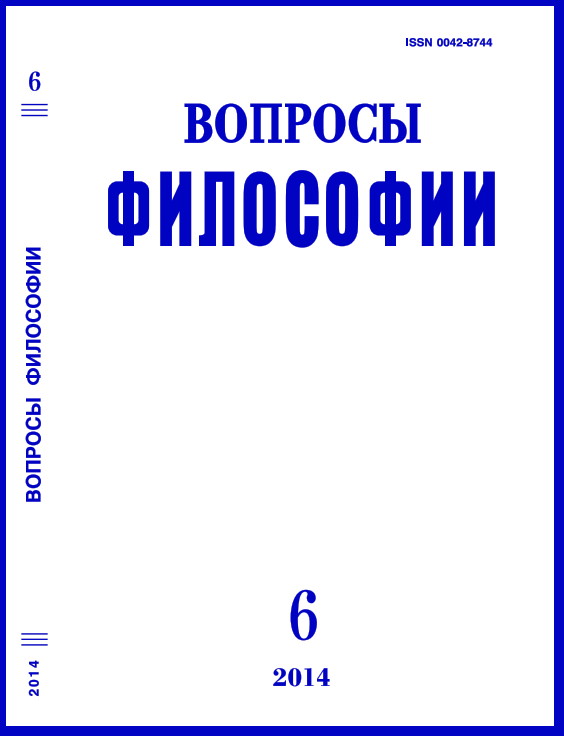Some Considerations on Greek Atomism and Alphabetic Writing
Keywords:
atomism, alphabet, Greek philosophyAbstract
In the following notes, which grew from the discussion about the role of alphabetic writing in the origin of atomistic theory, the author makes three points. First, he argues against J. Needham's hypothesis, which explains the origin of atomistic theory in India and Greece by the presence of alphabetical writing in both civilisations, stating that a sufficient explanation is provided – at least, for Greece – by the development of philosophical views on divisibility of matter, which was started by Parmenides. Second, he discusses textual diffi culty of an example in Arist. Met. A 4. 985 b 2, which illustrates the differences in the position of atoms with the example of Z transformed into N. This passage was suspected by Bernays and Wilamowitz as anachronistic and thus emended into I (the old form of Z) – H, but remained untouched in the edition by Jaeger and, recently, by Primavesi. The author argues that the new form of Z was already common in the informal scripts of Aristotle’s time. Third, the author surveys the use of stoicheion in its both meanings, ‘letters’ and ‘elements’, and comes to the conclusion, that the first meaning did not play any decisive role in the formation of the meaning ‘cosmic elements’, which appears only in Plato’s time; that the earlier atomists’ use of the analogy ‘letters – atoms’, does not imply anachronistic use of the word stioicheion for atoms; and, that Aristotle’s attribution of this analogy (but not of the term stoicheion) to the earlier atomists is reliable, especially in view of the use of the use of this analogy in Epicurean tradition, which, remarkably, also avoids the use of stoicheion to denote atoms.

